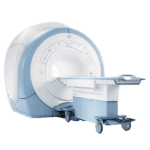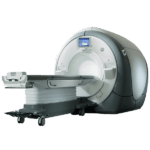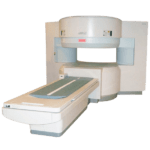The main purpose of gradient coils is to allow spatial encoding of the MR signal
What do you know about the gradient coils inside your MRI scanner? Gradient coils are an essential component of an MRI’s function, so today we’re going to talk a little more about them and the role they play in MRI inner-workings.
The main purpose of gradient coils is to allow spatial encoding of the MR signal. Without gradients, an imaging facility’s ability to perform “physiologic” techniques such as MR angiography, diffusion, and perfusion imaging would be lost.
So, now that you know what they’re used for, what exactly are gradient coils? Well, just inside the bore of the MRI scanner is where the gradient coils reside. They are loops of wire,
or thin conductive sheets on a cylindrical shell. A secondary magnetic field (called the gradient field) is created when electrical current passes through the coils, which then faintly distorts the main magnetic field in a predictable pattern. This causes the resonance frequency of protons to vary in as a function of position.
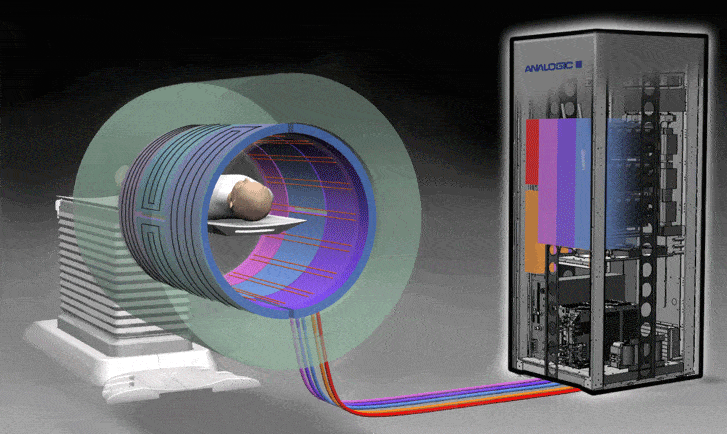
Today, most MRI scanner manufacturers employ distributed windings in a “fingerprint” pattern, which consist of multiple thin metallic strips or large copper sheets that are etched into complicated patterns and then applied to the cylinder. However, it wasn’t always this way. Before this method was used, gradient coils were composed of individual wires wrapped onto cylindrical formers made of fiberglass and coated with epoxy resin. And there are still some machines made using this traditional method – namely laboratory instruments and very high-field scanners.
Nearly all MR systems use 3 sets of gradient coils: x-, y-, and z- gradients. An independent power amplifier drives each coil set, creating a gradient field whose z- component varies linearly along with the x-, y-, and z- directions. Z-gradient designs are based on circular (Maxwell) coils, while x- and y- (transverse) gradients usually have a saddle coil design (Golay).
Get Started
Request Pricing Today!
We’re here to help! Simply fill out the form to tell us a bit about your project. We’ll contact you to set up a conversation so we can discuss how we can best meet your needs. Thank you for considering us!
Great support & services
Save time and energy
Peace of mind
Risk reduction
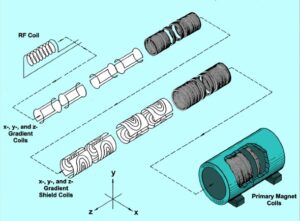
Applying a gradient causes a frequency variation of protons as a function of position along the direction of the gradient. This is how spatial encoding is done – with this change in frequency. If the gradient is played out during slice selection and again during signal readout, a slice can be selected perpendicular to the gradient direction. As an example of this, take the z- gradient. If the z- gradient is turned on in this way, a transverse slice is created in a supine patient. Turn on 2 or more gradients simultaneously and you’ll obtain oblique slices.
Want to know more about gradient coils and their purpose in MRI imaging? Amber Diagnostics can help! We’ve been refurbishing medical imaging and radiology equipment for over 27 years, and have a dedicated team of imaging experts available to address any questions you have concerning MRI gradient coils, buying/selling refurbished equipment, and the rest of the medical imaging world as well. Contact us here!

